Most homeowners don't think about their sewer line until something goes wrong. We recommend getting a sewer line inspection if you notice slow drains, bad smells, or soggy spots in your yard. These warning signs often point to problems that can turn into costly repairs if we ignore them.
Your sewer line works hard every day to carry waste away from your home. When it starts to fail, the signs are usually clear once you know what to look for. We'll help you understand what these warning signs mean and when it's time to call a professional.
A sewer line inspection can save you thousands of dollars in repairs and prevent messy disasters in your home.
In this article, you’ll learn how a sewer line inspection helps catch hidden plumbing problems before they escalate into costly damage.
Here’s what you need to know:
- What is a sewer line inspection and how does it work
- Signs your sewer line may need an inspection
- When and how often to inspect your sewer line
- Why professional sewer line inspection is worth it
Keep reading! We'll cover how these inspections work, what problems they find, and how often you should have them done to keep your plumbing system running smoothly.
What is a sewer line inspection and how does it work
A sewer line inspection uses special camera technology to examine the inside of your home's sewer pipes. This process helps identify problems before they become costly emergencies and gives homeowners clear information about their plumbing system's condition.
Pipe camera inspection: What It reveals inside your lines
A pipe camera inspection involves inserting a small waterproof camera attached to a flexible cable into your sewer line. The camera travels through the entire length of the pipe, sending live video footage back to a monitor.
This technology reveals several critical issues:
Common Problems Found:
- Tree roots growing into pipes
- Cracks or breaks in the sewer line
- Blockages from grease or debris
- Pipe corrosion or deterioration
- Misaligned or collapsed sections
The camera shows us exactly where problems are located. We can measure the distance from the entry point to identify the precise location of any issues.
Modern cameras provide high-definition images that make even small problems visible. The footage gets recorded so you can see what the inspector found and understand the condition of your pipes.
How sewer inspections prevent expensive surprises
Sewer inspections catch problems early before they cause major damage. Small cracks can turn into complete pipe failures if left untreated.
Cost Prevention Benefits:
- Identify minor issues before they need expensive repairs
- Avoid emergency plumbing situations
- Prevent sewage backups into your home
- Stop property damage from underground leaks
Large-scale sewer failures impact more than individual homes. According to the U.S. EPA, combined sewer overflows release approximately 850 billion gallons of untreated wastewater and stormwater into U.S. waterways each year.
Early detection saves thousands of dollars in repair costs. A small root intrusion might cost $200 to clear, but waiting could lead to a $5,000 pipe replacement.
Underground leaks can damage your home's foundation. They also create health hazards from sewage contamination. Regular inspections help us spot these problems before they affect your property or your neighbors.
What homeowners should expect during the process
The inspection process typically takes 60 to 90 minutes to complete. We access your sewer line through a cleanout port or by removing a toilet if needed.
Step-by-Step Process:
- Locate the main sewer line access point
- Insert the camera equipment
- Record footage while moving through the pipes
- Review findings with the homeowner
- Provide a detailed report with recommendations
You can watch the inspection in real-time on the monitor. We explain what we're seeing and answer your questions during the process.
The inspection is non-invasive and won't damage your pipes. We clean up completely when finished and provide you with a copy of the footage and written report.
Most inspections cost between $200 and $500 depending on your location and pipe length.
Signs your sewer line may need an inspection
When drains back up repeatedly, strange smells appear around your home, or soggy areas develop in your yard, these problems often point to issues deep in your sewer line that require professional attention.
Recurrent clogs or slow drains throughout the house
When we notice the same drains backing up over and over, this tells us something bigger is wrong. One clogged toilet might be normal. But when multiple drains slow down at the same time, the problem is deeper in the system.
Common signs include:
- Water backing up in multiple fixtures
- Gurgling sounds from drains
- Toilets that won't flush properly
- Sinks that drain very slowly
We should pay attention when these problems happen in different parts of the house. A kitchen sink and bathroom drain both acting up means the blockage is likely in the main sewer line.
Tree roots often cause these recurring clogs. They grow into small cracks in old pipes. Over time, they create bigger blockages that regular drain cleaners can't fix.
Unusual odors coming from sinks, showers, or the yard
Sewer gas smells should never come up through our drains or appear in our yard. These odors mean sewage isn't flowing properly through the pipes.
Where we might smell these odors:
- Near bathroom drains
- Around the kitchen sink
- In the basement
- Outside near the sewer line
The smell is usually like rotten eggs or sewage. We might notice it more on hot days when gases rise up through damaged pipes.
These smells happen when pipes crack or joints come loose. Sewage leaks out and creates the bad odor. Sometimes we smell it before we see other problems.
If we smell sewer gas inside our house, we need to act fast. These gases can be dangerous to breathe over time.
Wet patches or sinkholes forming on your property
When sewage leaks underground, it creates obvious signs on our property. We might see areas of grass that stay wet even when it hasn't rained.
What to look for:
- Patches of extra green grass
- Soft or sinking ground
- Standing water with no clear source
- Small holes forming in the yard
These wet areas often appear along the path where our sewer line runs to the street. The leaked sewage acts like fertilizer, making grass grow faster and greener.
Sinkholes form when water washes away soil around the broken pipe. What starts as a small soft spot can become a dangerous hole.
We should mark these areas and avoid walking on them. The ground might not support our weight if too much soil has washed away.
When and how often to inspect your sewer line
The timing of your sewer line inspection depends on your home's age, recent events, and regular maintenance needs. Older homes need more frequent checks, while all homes benefit from inspections during major life events or after potential damage.
Before buying or selling a home
We recommend getting a sewer line inspection before any real estate transaction. This protects both buyers and sellers from costly surprises.
For buyers, an inspection reveals hidden problems that could cost thousands later. Many home inspections don't include sewer lines, so you need to request this separately.
For sellers, knowing your sewer line condition helps you:
- Price your home correctly
- Fix problems before listing
- Avoid deal-breaking surprises during negotiations
The inspection typically costs $200-500, which is small compared to potential repair costs. A damaged sewer line can cost $3,000-15,000 to replace.
Schedule the inspection after your offer is accepted but before closing. This gives you time to negotiate repairs or adjust the sale price if problems are found.
After heavy rain, root invasion, or remodels
Certain events can damage your sewer line and require immediate inspection. Root invasion is especially common in older neighborhoods with large trees.
Heavy rain or flooding can:
- Wash debris into your lines
- Cause ground shifting that cracks pipes
- Overwhelm your system and cause backups
Root invasion happens when tree roots grow into small cracks in your pipes. The roots then expand and block the line completely.
Major remodels can affect your sewer line if contractors dig near pipes or add new fixtures. Heavy equipment can also crack underground pipes.
We suggest inspecting within 30 days after any of these events. Early detection prevents small problems from becoming major disasters.
Routine maintenance timeline for older homes
Older homes need regular sewer line inspections as part of their maintenance timeline.
Homes with pipes over 40 years old should be inspected every 2 years. Clay and cast iron pipes from this era are more likely to crack or collapse.
Homes with pipes 20-40 years old can wait 3-5 years between inspections. These pipes are more stable but still need regular monitoring.
Newer homes with PVC pipes can go 5-10 years between routine inspections. These materials last longer and resist root invasion better.
Keep records of all inspections and repairs. This helps you track patterns and plan for future maintenance needs.
Implementing proactive sewer inspections and maintenance is far more cost-effective than infrastructure failure, according to EPA estimates, fully mitigating SSOs over 20 years would cost about $108 billion per municipality, while allowing even a couple of overflows annually would lower spending to $63–78 billion.
Why professional sewer line inspection is worth it
Professional sewer line inspections use advanced tools and expertise that DIY methods simply cannot match. These inspections ensure your plumbing meets local building codes while catching problems before they become expensive disasters.
Tools pros use vs. DIY attempts
Professional plumbers use specialized sewer cameras that can navigate through pipes and record high-definition video of the entire system. These cameras cost thousands of dollars and require training to operate properly.
The equipment can detect cracks, root intrusions, and blockages that we might miss with basic visual checks. Many cameras also have locating devices that pinpoint exactly where problems exist underground.
DIY attempts typically involve looking for surface signs like:
- Slow drains
- Bad smells
- Wet spots in yards
While these checks help identify obvious problems, they miss hidden issues. Professional cameras can spot small cracks before they become major breaks that flood basements or damage foundations.
Local code compliance and early problem detection
Professional inspections ensure our sewer systems meet local building codes. Many cities require inspections before home sales or after major renovations.
Licensed plumbers know current regulations and can spot violations that might cause legal problems later. They understand proper pipe materials, slope requirements, and connection standards.
Early problem detection saves money in the long run. Professionals can find:
- Small root intrusions before they cause complete blockages
- Minor pipe separations before they collapse
- Gradual buildup before it creates backups
Catching these issues early often means simple repairs instead of expensive emergency calls or full pipe replacements.
How inspections tie into long-term plumbing health
Regular professional inspections create a maintenance schedule that prevents major breakdowns. We can track how our sewer system changes over time and plan repairs during convenient times.
Professional inspections also help us understand our specific plumbing challenges. Some homes have recurring root problems, while others deal with older pipe materials that need monitoring.
The inspection reports provide documentation that helps with insurance claims and increases home value. Future buyers appreciate knowing the sewer system has been professionally maintained.
Most importantly, professional inspections give us peace of mind. We know our system is working properly and won't surprise us with costly emergency repairs.
Conclusion
Sewer line problems don't fix themselves. They get worse over time and cost more money to repair.
Most sewer lines last 50 to 100 years. But age isn't the only factor that matters.
Tree roots can grow into pipes. Debris builds up over time. Ground shifting can crack older pipes.
Regular inspections help us catch problems early. Small issues are cheaper to fix than major repairs or full replacements.
We don't need to wait for a disaster. Professional plumbers use special cameras to look inside pipes without digging up your yard.
If you notice any of these warning signs, contact a plumber soon. Don't ignore slow drains or bad smells.
Taking action now protects your home from expensive damage later. Water backups can ruin floors, walls, and personal belongings.
A sewer line inspection gives you peace of mind. You'll know exactly what's happening with your plumbing system.
Professional plumbers can recommend the best solutions for your specific situation. Many repairs use methods that don't require digging up your entire yard.
Schedule a professional sewer line inspection today to identify hidden issues and prevent costly plumbing repairs down the line.

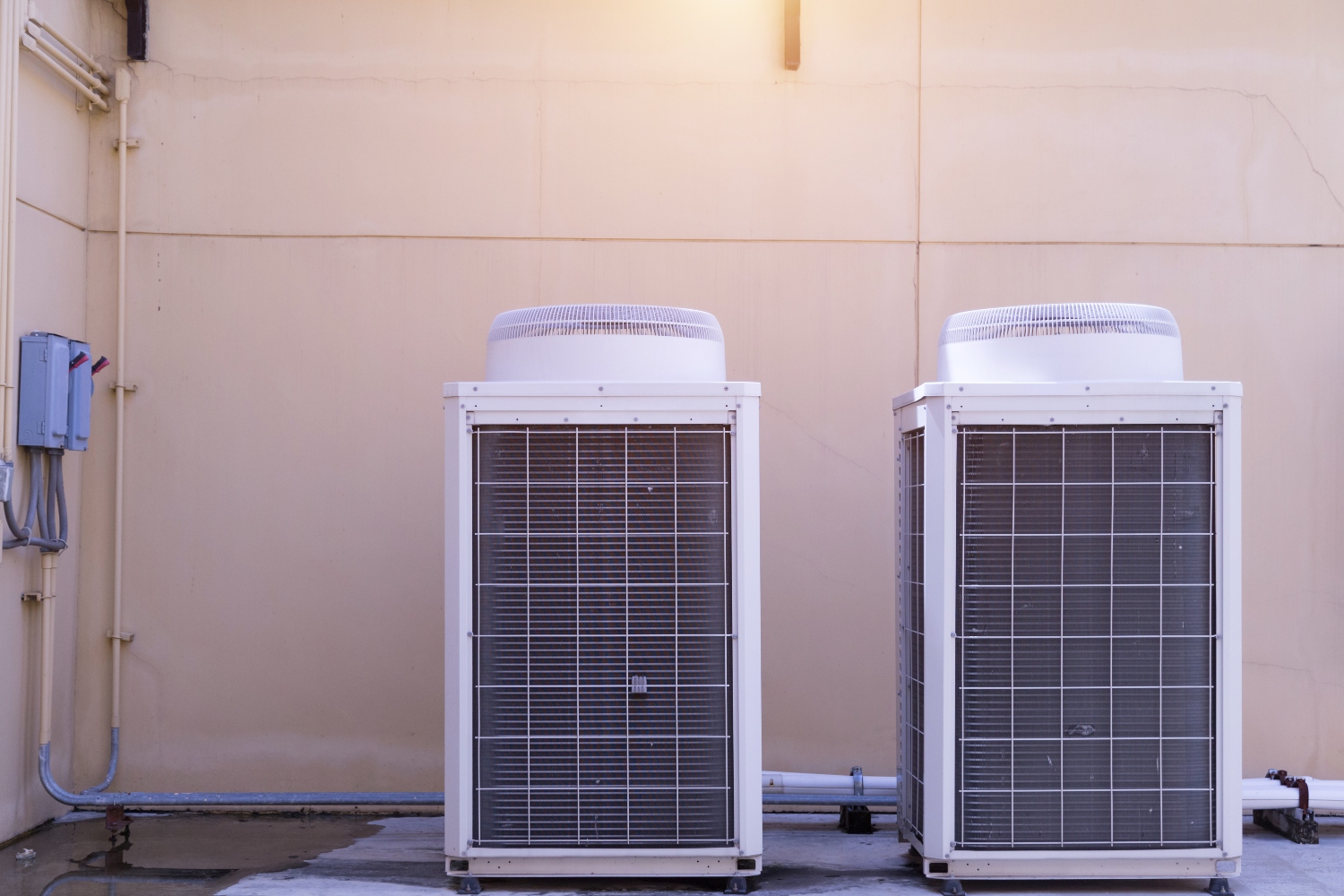

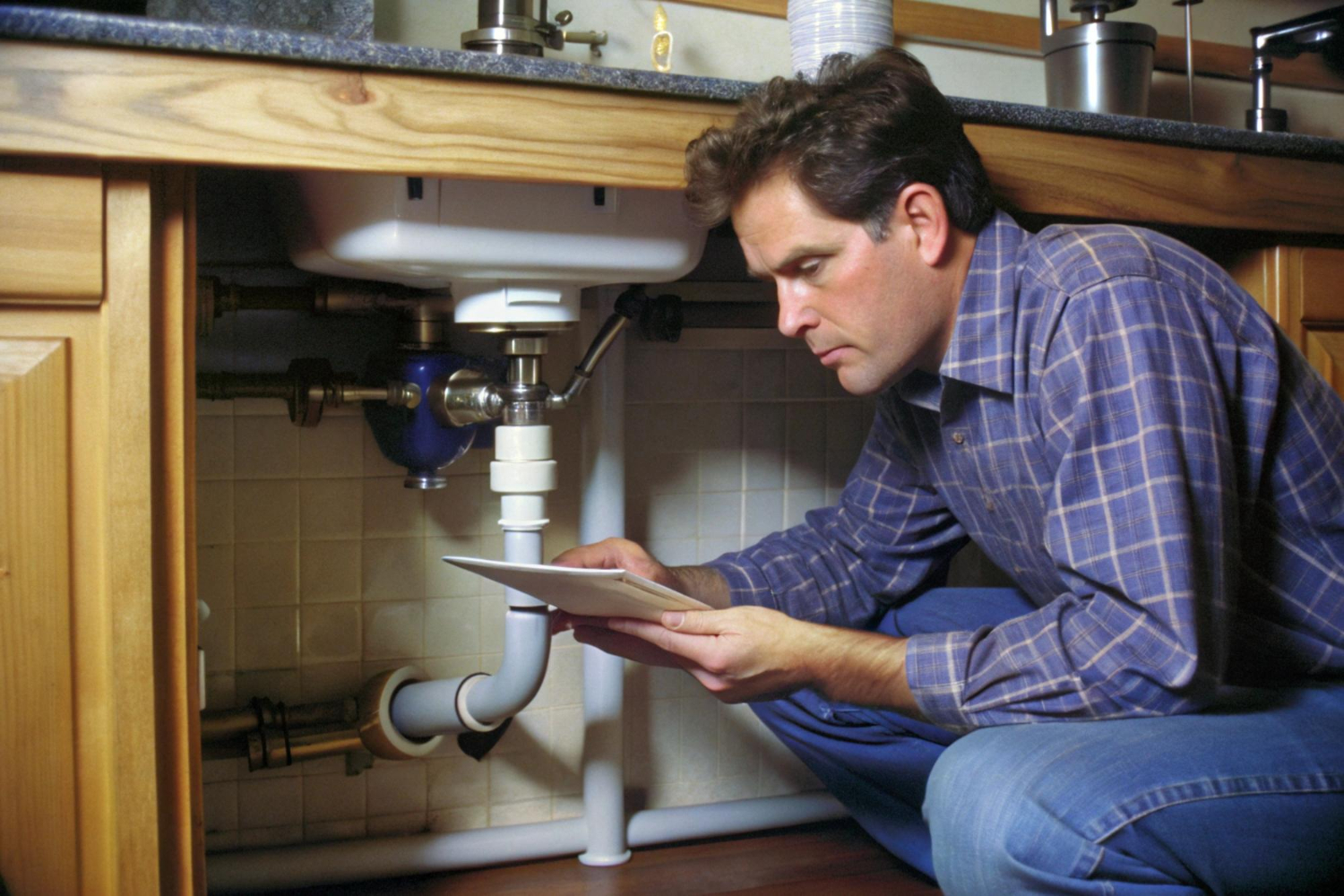
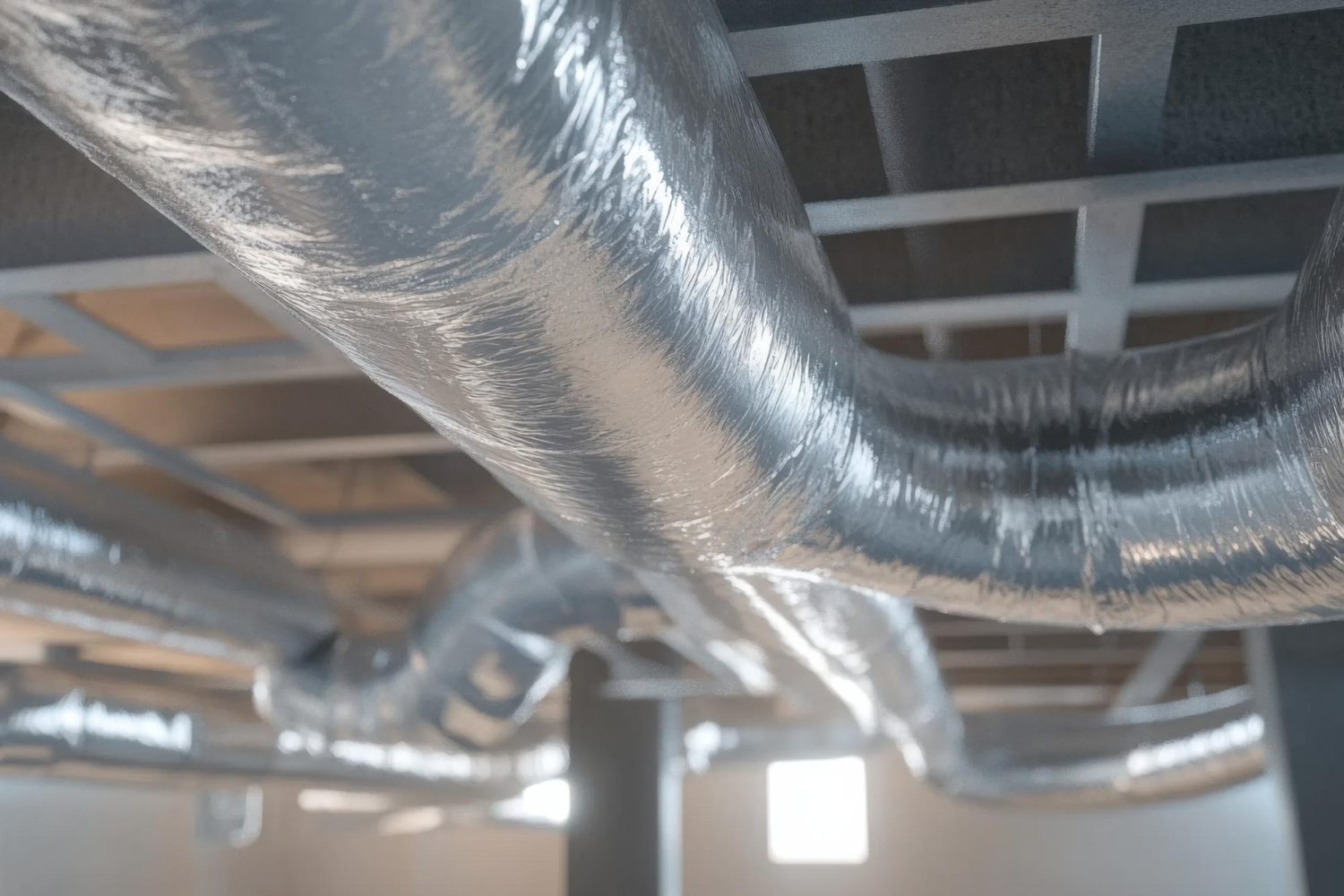
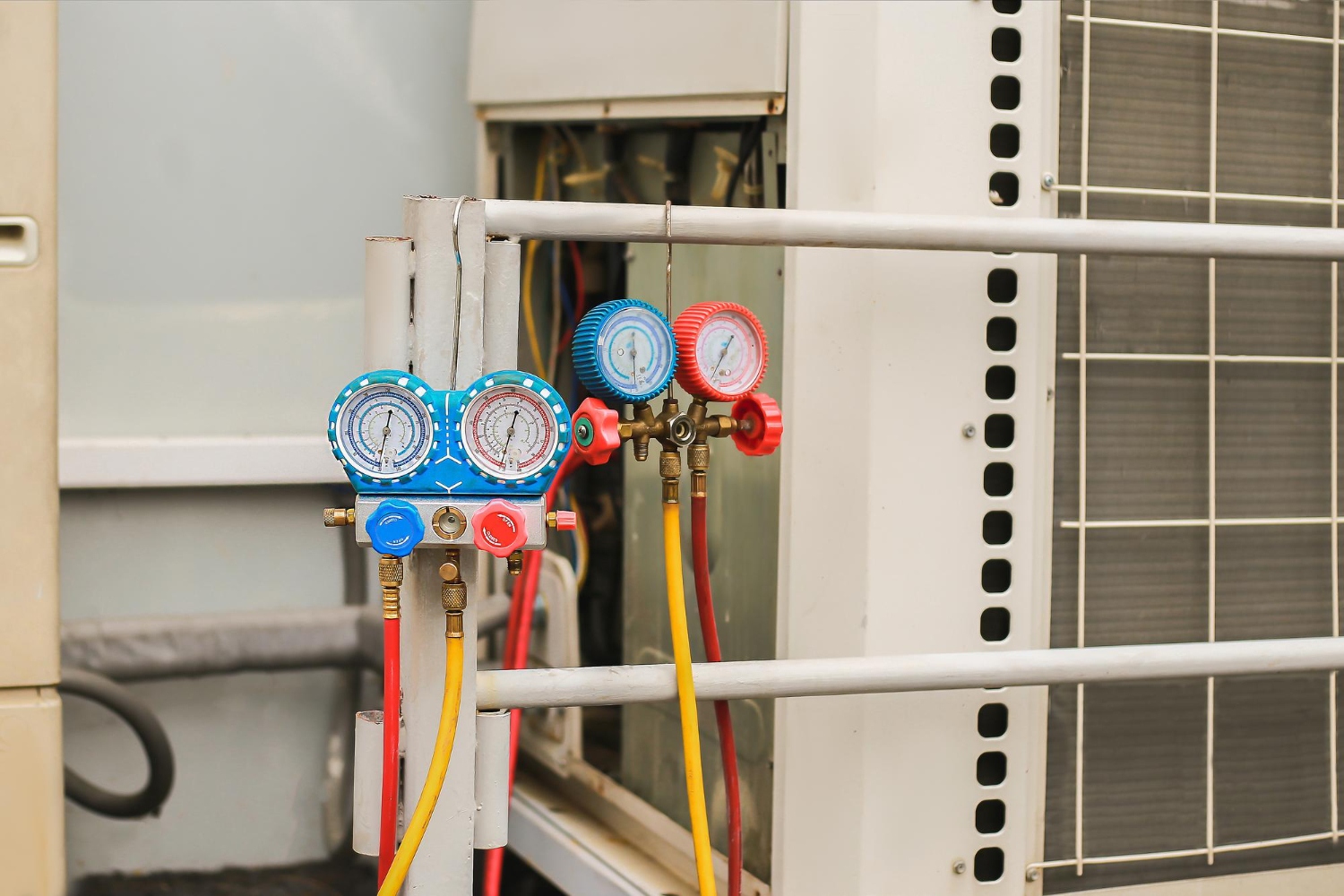
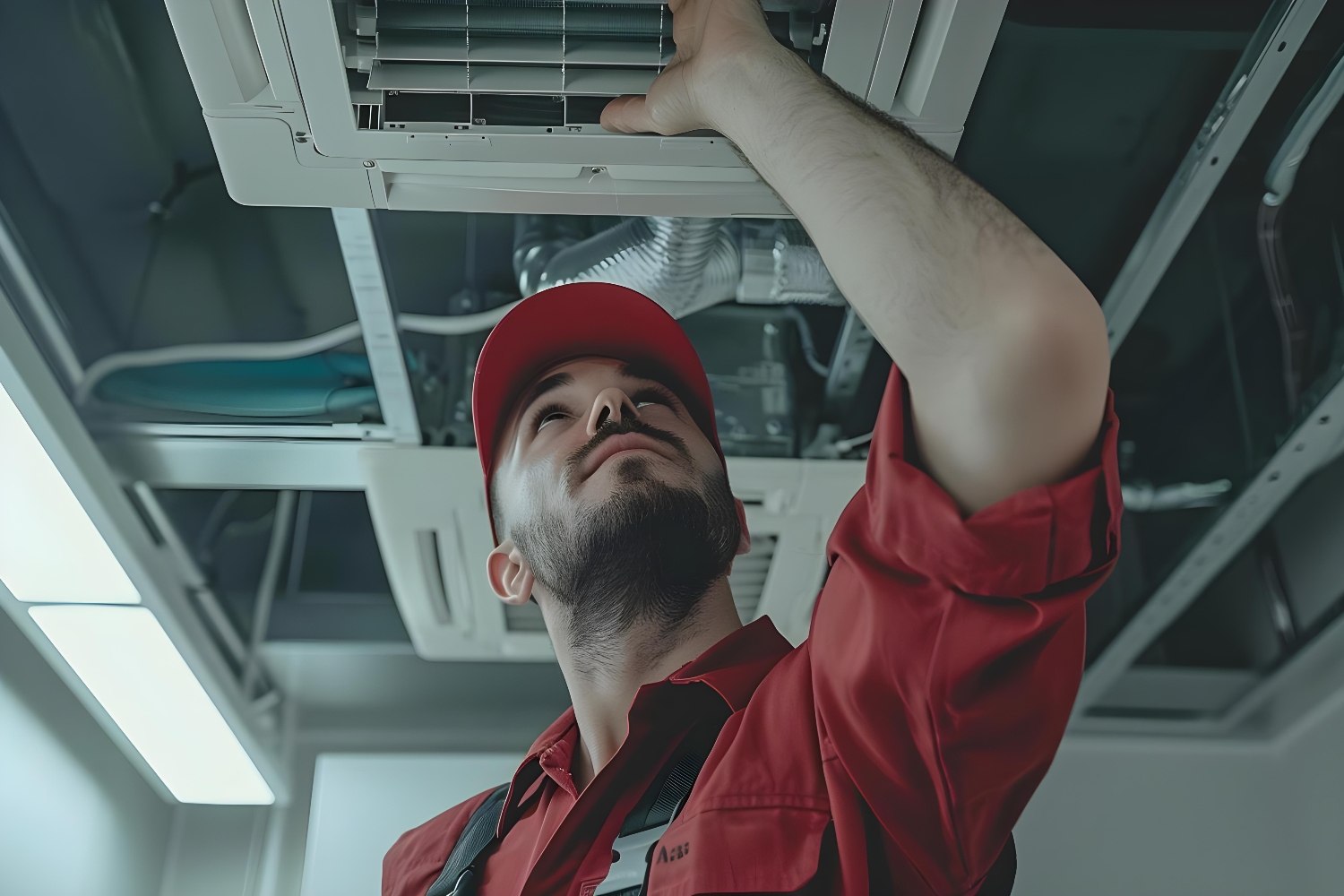
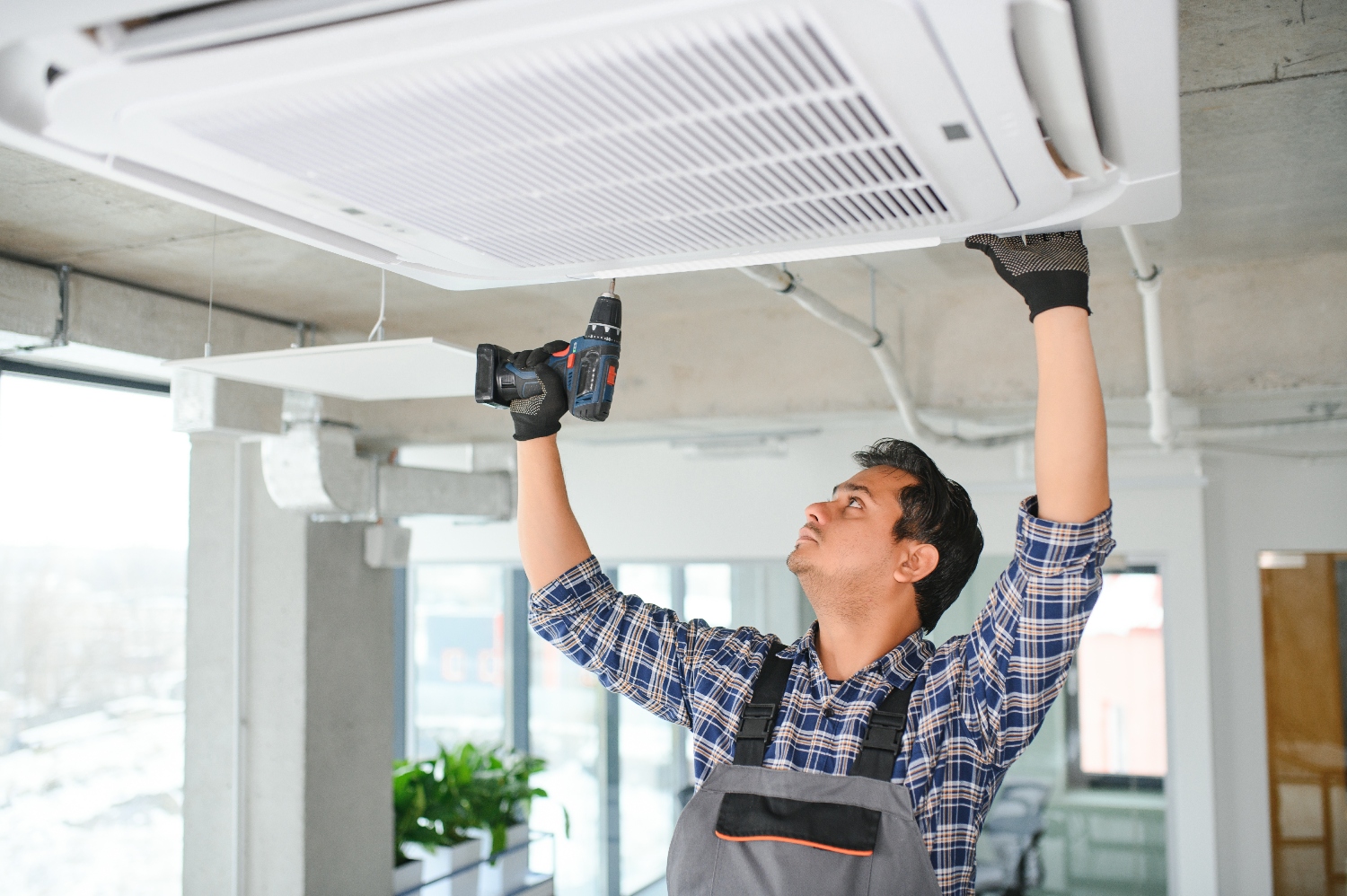





























































.jpg)
.jpg)

.jpg)
.jpg)




















